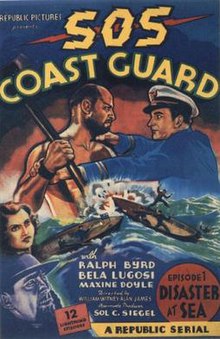
George Glenn Strange was an American actor who appeared in hundreds of Western films. He played Sam Noonan, the bartender on CBS's Gunsmoke television series, and was Frankenstein's monster in three Universal films during the 1940s.

The Invisible Ray is a 1936 American science-fiction horror film directed by Lambert Hillyer. It stars Boris Karloff as Dr. Janos Rukh, a scientist who comes in contact with a meteorite composed of an element known as "Radium X". After exposure to its rays begins to make him glow in the dark, his touch becomes deadly, and he begins to be slowly driven mad. Alongside Karloff, the film's cast includes Bela Lugosi, Frances Drake, Frank Lawton, Walter Kingsford, Beulah Bondi, Violet Kemble Cooper, and Nydia Westman.

The Devil Bat is a 1940 black-and-white American horror film film produced by Producers Releasing Corporation (PRC) and directed by Jean Yarborough. The film stars Bela Lugosi along with Suzanne Kaaren, Guy Usher, Yolande Mallott and the comic team of Dave O'Brien and Donald Kerr as the protagonists. It was the first horror film from PRC.

Undersea Kingdom (1936) is a Republic Pictures 12 chapter film serial released in response to Universal's Flash Gordon. It was the second of the sixty-six serials made by Republic. In 1966, the serial was edited into a 100-minute television film titled Sharad of Atlantis.

Mysterious Doctor Satan is a 1940 American film serial directed by William Witney and John English. Produced by Republic Pictures, the serial stars Edward Ciannelli, Robert Wilcox, William Newell, C. Montague Shaw, Ella Neal, and Dorothy Herbert. The title of the serial is derived from that of its chief villain.
The Funny Company is an American animated cartoon produced in 1963 and seen in syndication. Ken Snyder and Charles Koren produced 260 six-minute-long episodes. The Mattel Corporation provided financial backing. Snyder conceived the program in response to then-Federal Communications Commission (FCC) chairman Newton N. Minow's call for more educational children's programs.

The Phantom Creeps is a 1939 12-chapter science fiction horror serial starring Bela Lugosi as mad scientist Doctor Zorka, who attempts to rule the world by creating various elaborate inventions. In a dramatic fashion, foreign agents and G-Men try to seize the inventions for themselves.
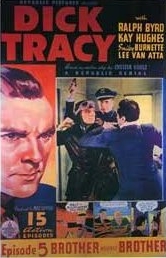
Dick Tracy (1937) is a 15-chapter Republic movie serial starring Ralph Byrd based on the Dick Tracy comic strip by Chester Gould. It was directed by Alan James and Ray Taylor.

Ralph Byrd was an American actor. He was most famous for playing the comic strip character Dick Tracy on screen, in serials, films and television.

Dick Tracy vs. Crime, Inc. (1941) is a Republic Movie serial based on the Dick Tracy comic strip. It was directed by the team of William Witney and John English with Ralph Byrd reprising his role from the earlier serials. It was the last of the four Dick Tracy serials produced by Republic, although Ralph Byrd went on to portray the character again in two features and on television.
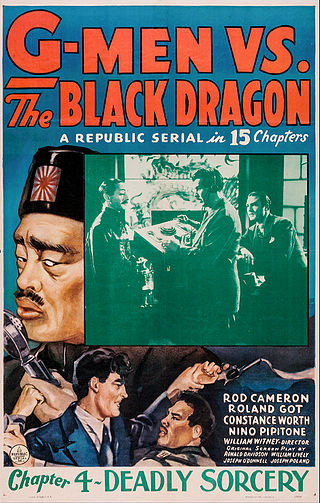
G-Men vs. The Black Dragon (1943) is a Republic Pictures movie serial. It is noteworthy among adventure serials as containing an unusually high number of fistfights, all staged by director William Witney and a team of stuntmen.
Don Winslow of the Navy is a 1942 Universal Pictures Serial film based on the comic strip Don Winslow of the Navy by Commander Frank V. Martinek. It was theatrically released in January 1942.
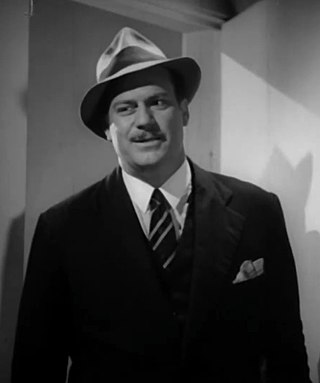
Richard Alexander was an American film character actor.
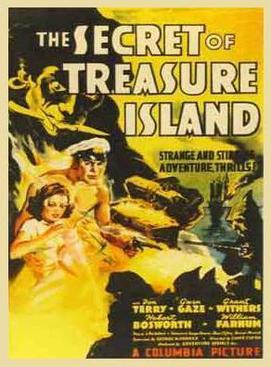
The Secret of Treasure Island is a 1938 Columbia movie serial based on the serialized Argosy Magazine story Murder at Pirate Castle (1936). The magazine story was written by L. Ron Hubbard, at the time a writer of pulp fiction who went on to found the Scientology religion.
John Samuel Ingram was an American film and television actor. He appeared in many serials and Westerns between 1935 and 1966.

Warner Richmond was an American stage and film actor. He began his career as a stock theatre actor and appeared in films in both the silent film and sound eras. His career spanned four decades. He is possibly best recalled for appearances in Westerns in his later career in sound films. Between 1912 and 1946, he appeared in more than 140 films.
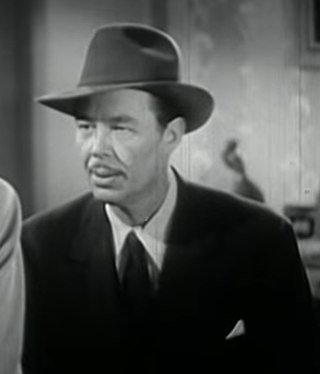
Richard Dye, known professionally as Dick Curtis, was an American actor who made over 230 film and television appearances during his career.

Hector William "Harry" Cording was an English-American actor. He is perhaps best remembered for his roles in the films The Black Cat (1934) and The Adventures of Robin Hood (1938).
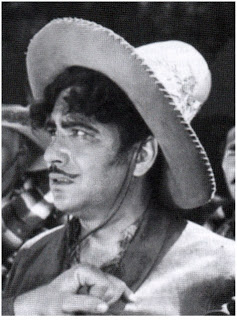
Richard Edward Botiller was an American character actor of the 1930s and 1940s. While most of his roles were un-credited, many of them nameless as well, he was given more substantial roles occasionally.

A serial film,film serial, movie serial, or chapter play, is a motion picture form popular during the first half of the 20th century, consisting of a series of short subjects exhibited in consecutive order at one theater, generally advancing weekly, until the series is completed. Usually, each serial involves a single set of characters, protagonistic and antagonistic, involved in a single story, which has been edited into chapters after the fashion of serial fiction and the episodes cannot be shown out of order or as a single or a random collection of short subjects.
